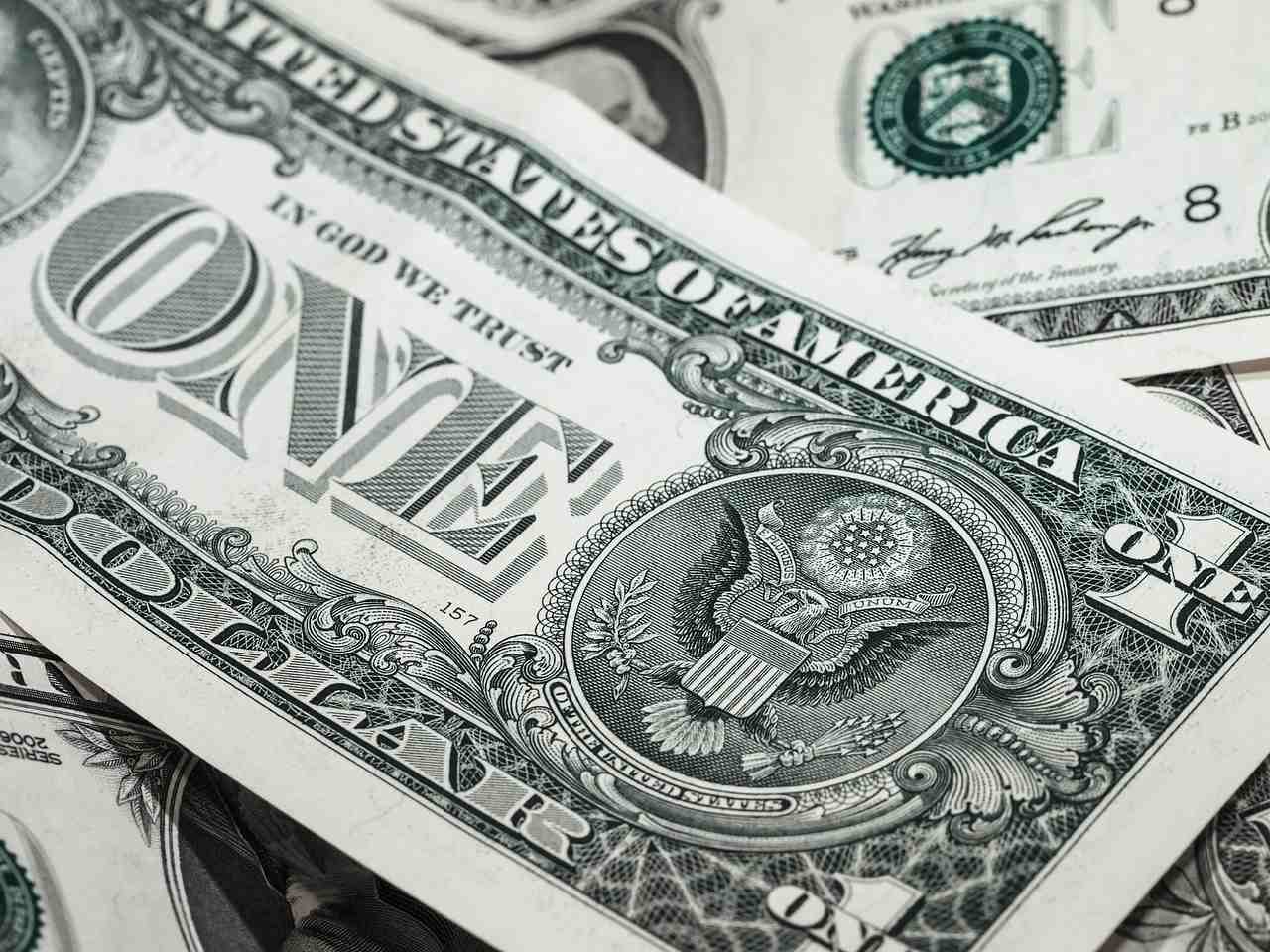Even if you don’t know much about the Forex market and how it works, you’ve probably heard at least something about short trading. While this kind of trading can bring you a fortune if performed right, the risks are also extreme. That’s why we’ve gathered the basics of short trading in one tiny article for you to read and educate yourself. We’re going to talk about the US dollar here, but you can extrapolate all the hints and strategies to other currencies as well.
Longs and shorts explained
Everybody has this intuitive understanding of successful trading: buy cheap, sell expensive, and what may be the resulting difference is your profit. Such trades are indeed common; these are called longs, or long positions. However, there’s also a way to earn on a currency even if you expect its price to go down. Basically, you sell them expensive, and then buy cheap. But how would you sell something you don’t have? Well, you can always borrow it. These trades are called shorts.
While we’re mostly talking about currencies today, short positions are better explained using stocks as an example. Let’s say you’ve performed a deep market analysis and concluded that the price of Apple stocks is going to crash by the evening. You rush to your broker and borrow 1,000 shares from him to sell them for $160 each. Later, the price falls to $150 per share, so you buy another 1,000 shares and return them to the broker. The resulting profit here is $10,000, minus the trading fee.
The mechanism itself is rather simple, but when it gets applied to different assets, some nuances may arise. Let’s look a bit closer at how to short the dollar on Forex.
US dollar shorts
First of all, brokers won’t let you borrow any assets for free. They charge you a fee for every day your short position stays open, which is known as margin lending. However, most brokers don’t make you pay for the first day, so if you manage to return assets the very same day, you won’t have to pay that fee. You should also beware of the temptation to borrow too much, even if you have enough funds to open a certain position: if your debt gets too big, the broker can force-close your short.
Every broker sets a certain leverage ratio for the currencies it offers. For example, if the leverage is at 1:10, you can use your $1,000 to borrow another $10,000. Let’s say you borrow them to sell at $1 for €0,94883. Then the US dollar price suddenly falls to €0,92013, so you buy those dollars back to close your debt. The resulting profit will be €9488,3 − €9201,3 = €287.
Also Read: Top 10 Websites Accepting Blogs For Write For Us Tech Category
